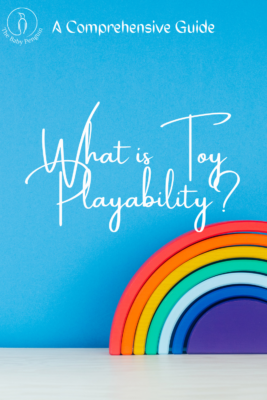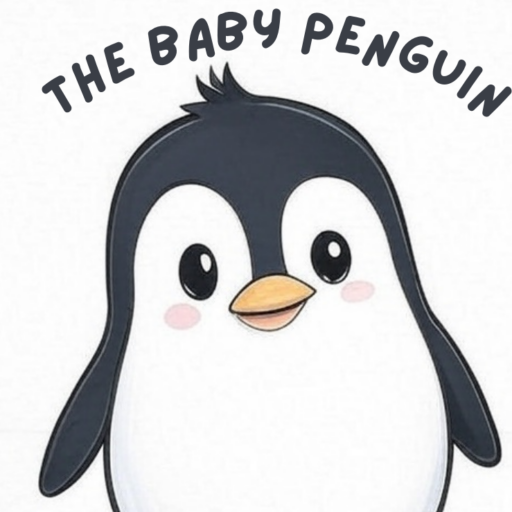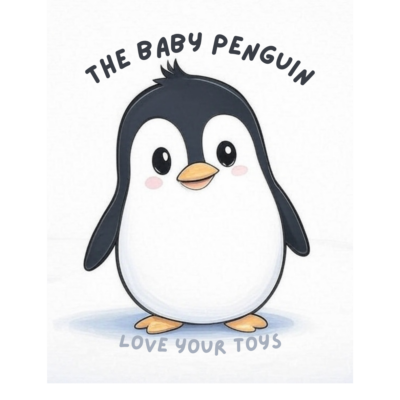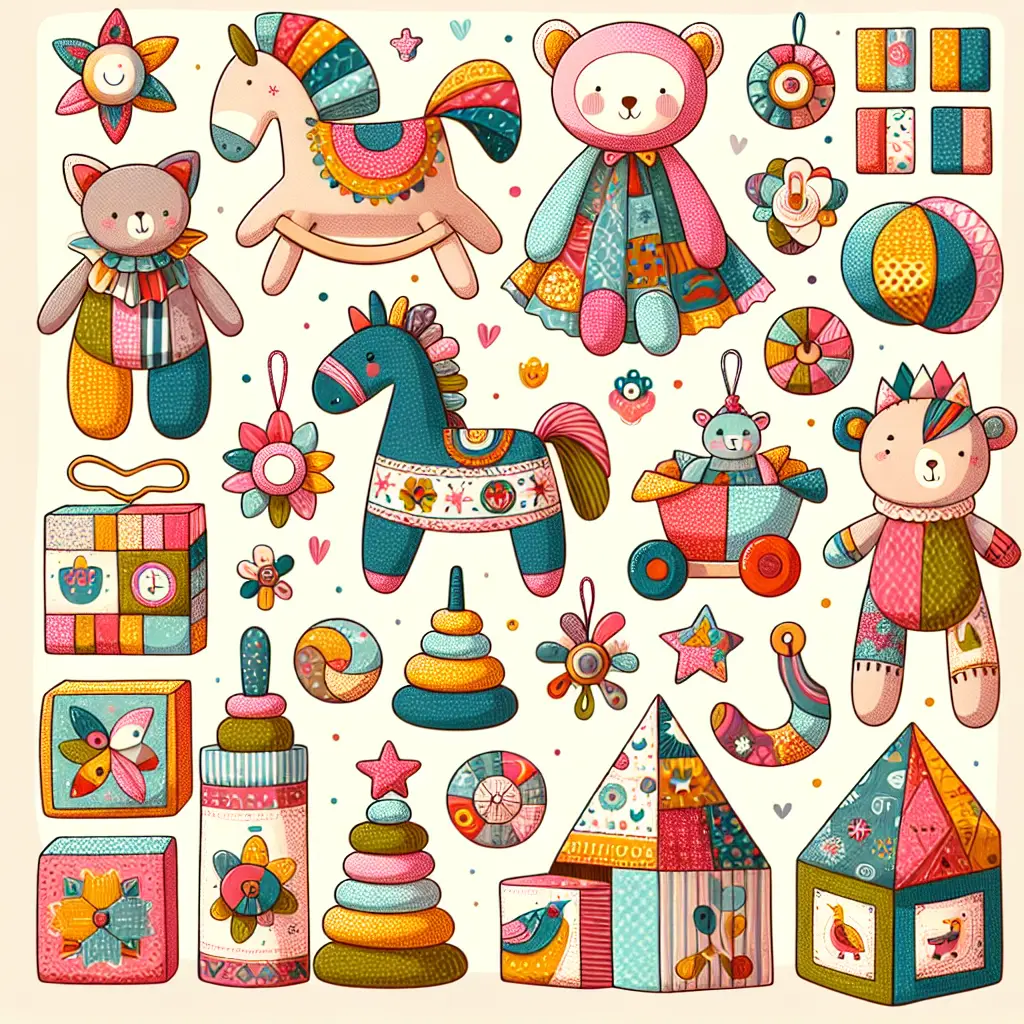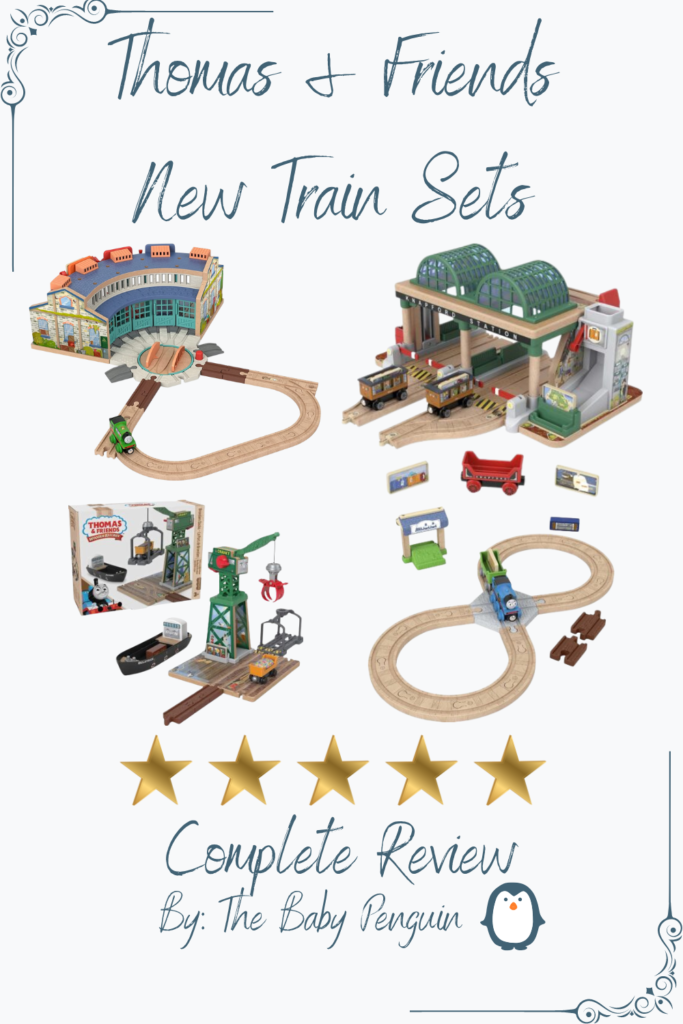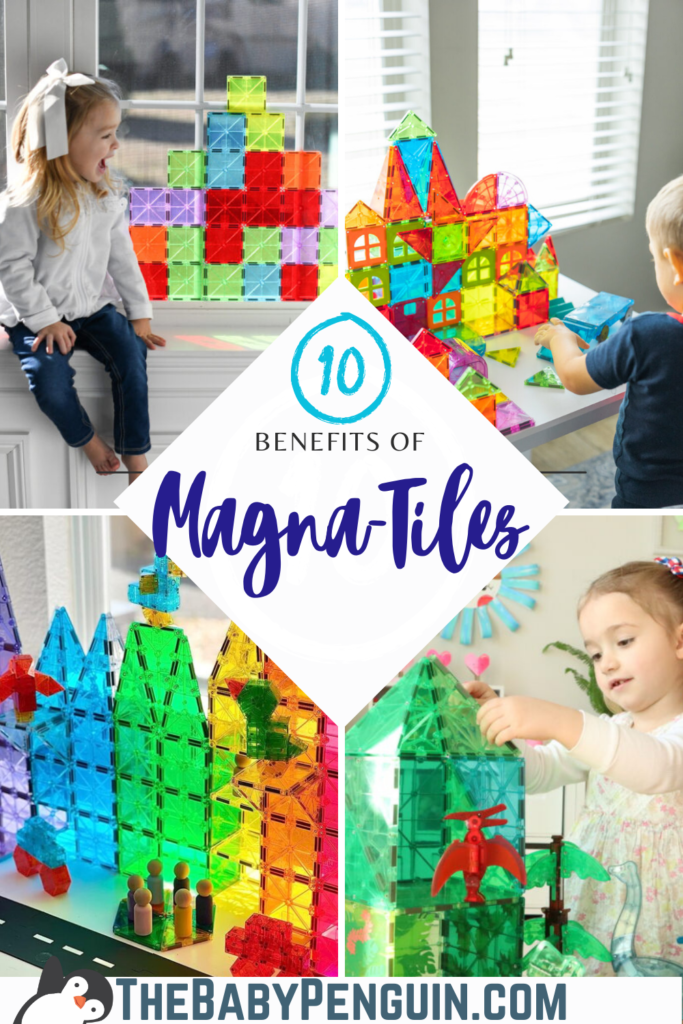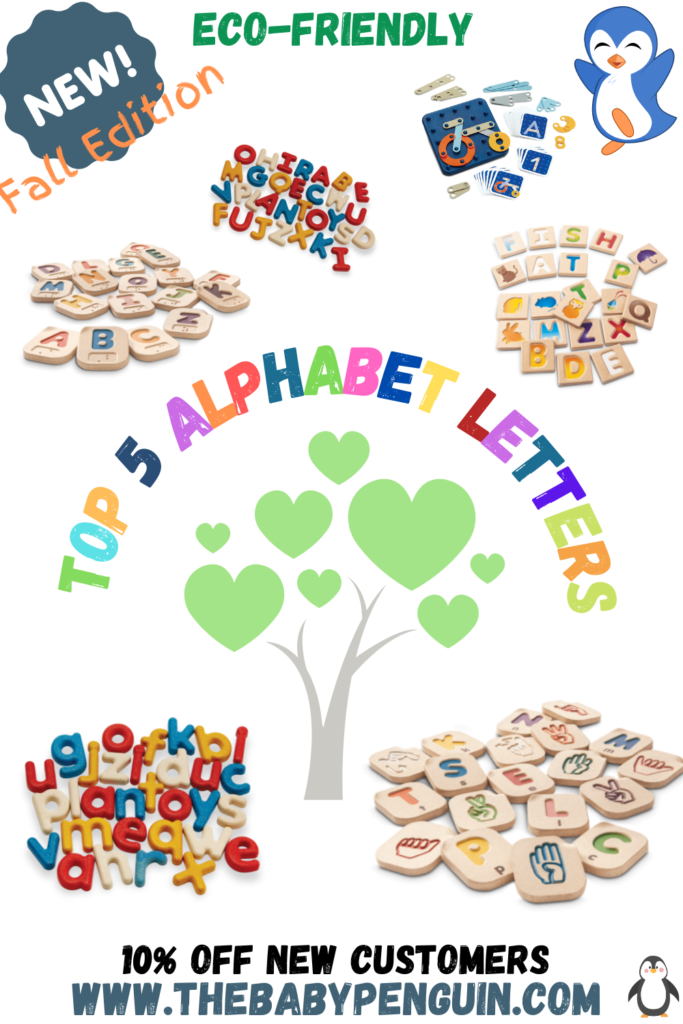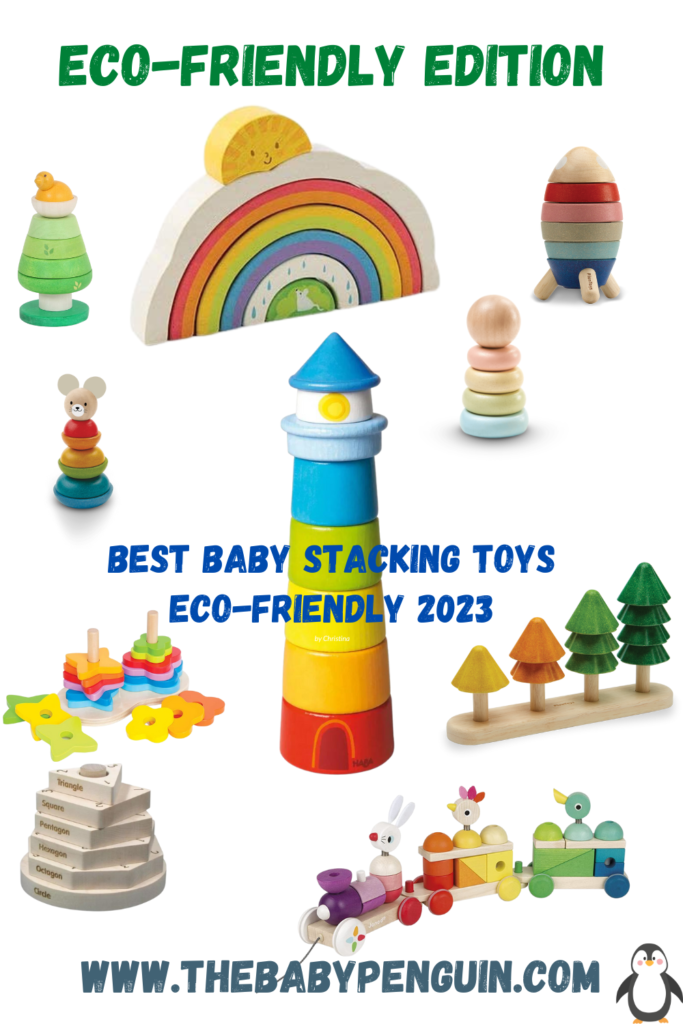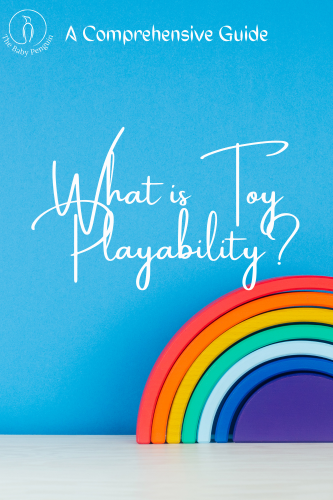Table of Contents
ToggleWhat is Toy Playability? | A Comprehensive Guide
When choosing toys for children, there are many factors to consider. One of the essential aspects to think about is its playability. But what exactly is toy playability? In this guide, we will explore the concept of toy playability and provide insights into what to look for when choosing toys for your child.
Firstly, a playable toy can be played with for an extended period. Playtime is essential to childhood development, and toys that encourage prolonged play are valuable for keeping children engaged and entertained. A playable toy should be durable and made from high-quality materials, allowing it to withstand the wear and tear of regular use.
Secondly, a playable toy should be easy and pleasurable in various ways. Open-ended toys are particularly effective, as they allow children to explore different ways of playing and using them. Toys with limited play options may quickly become tedious for children, and they may lose interest fast.
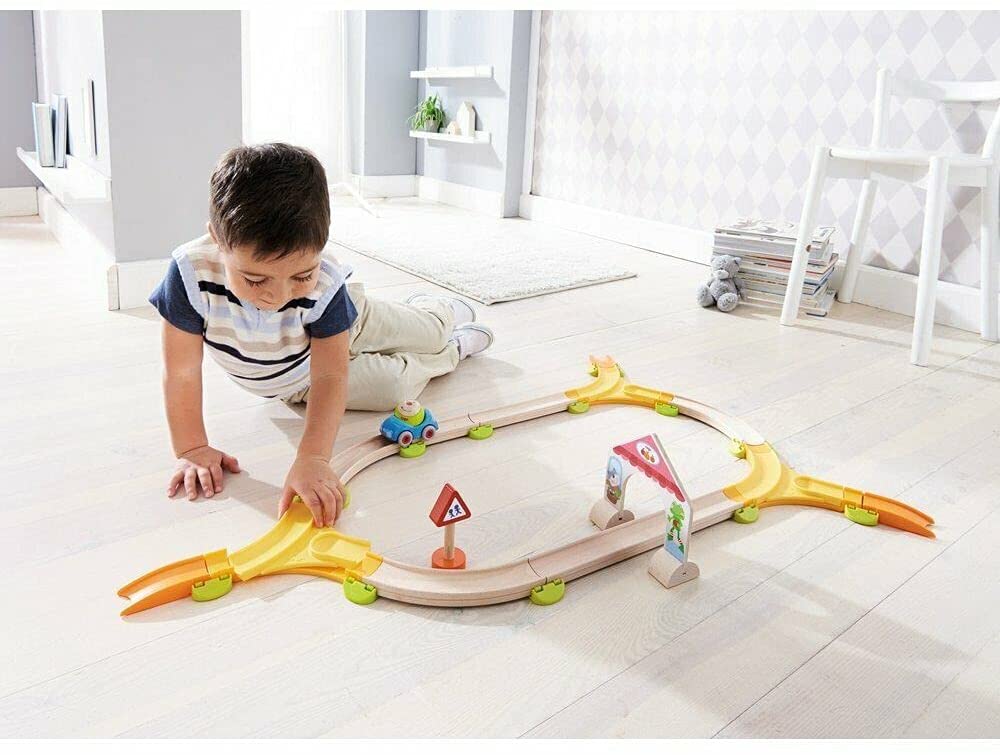
Thirdly, a playable toy should be suitable for actively engaging parents or caregivers. Playtime is an excellent opportunity for parents to bond with their children, and toys that facilitate this interaction are highly beneficial. Toys that require teamwork or cooperation between children and adults can provide opportunities for shared experiences and learning.
When selecting toys for your child, it’s essential to consider playability. Look for toys that are made from high-quality materials and can withstand the rigors of regular play. Open-ended toys that offer multiple play options are an excellent choice, and toys that encourage active engagement with parents or caregivers can help strengthen relationships and provide valuable learning opportunities.
My Toy Review consists of 5 standardized criteria categories:
Sustainability, Playability, Durability, Longevity, and Versatility.
Three Categories of Toy Playability:
1. Playtime
When considering a toy’s playability, playtime is an essential factor to consider. Parents often purchase toys to entertain and educate their children and want to know how long they will realistically engage with the toy. It’s essential to reasonably estimate the “active engagement” or time spent playing with the toy at each sitting.
Even a toy with only 30 minutes of playtime can be beneficial if the child is in the “thinking zone.” Another aspect of playtime is the toy’s longevity. For instance, block sets purchased at age one can still be engaging for a 10-year-old. However, some toys have shorter lifespans, incredibly more niche, or theme-based toys that children move on from more quickly.
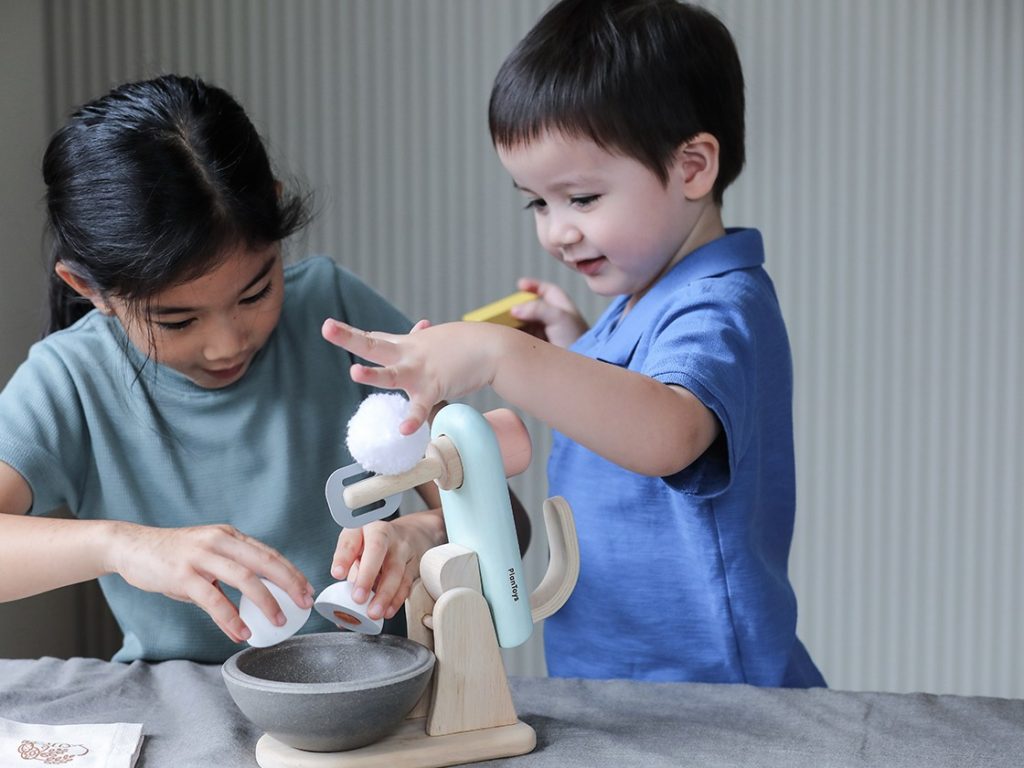
2. Open-Ended
Toy playability depends on how open-ended a toy is. Toys that can only be used for one specific function are not very open-ended and usually don’t hold children’s attention for long. Children prefer open-ended toys because they can create and control their play scenarios, making them more engaging and exciting. Open-ended toys can also grow with your child and continue to offer educational benefits as they age and use the toy in different and more complex ways.
Simple construction toys or toys used for pretend play are classic examples of open-ended toys that stand the test of time. Additionally, open-ended toys can replace many theme-based toys with other toys, allowing children to use their imaginations to create anything they dream up.
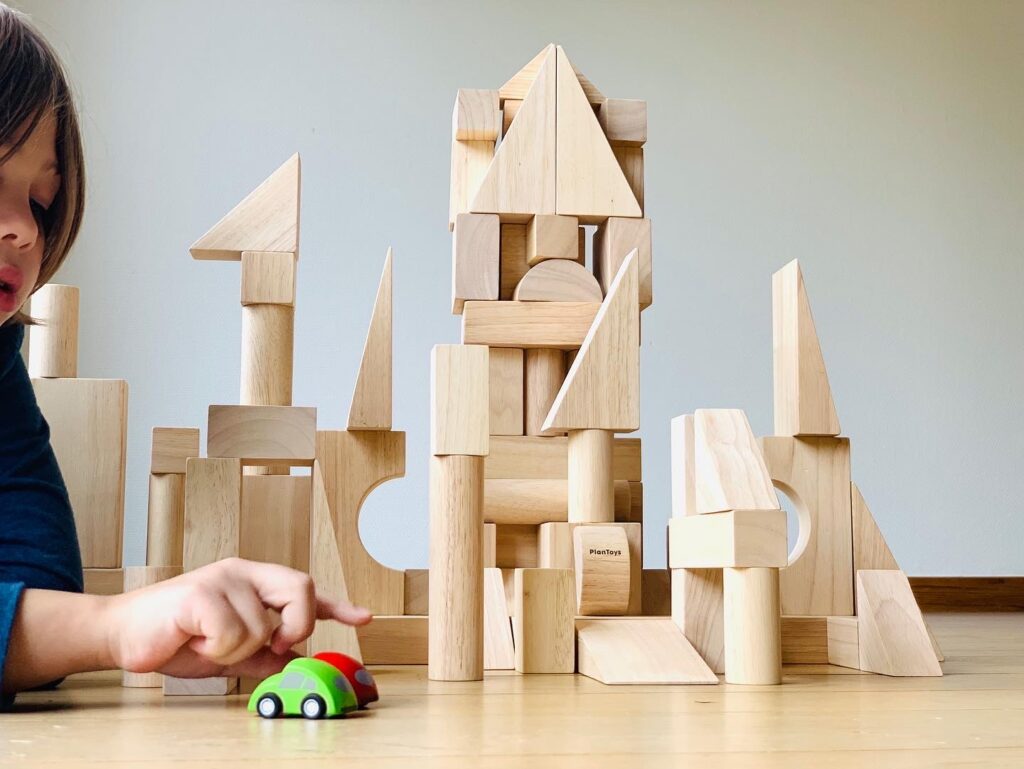
Active Parent Engagement
Active parent engagement is a crucial factor in toy playability. It refers to the extent to which a toy provides an opportunity for parents to engage in playtime with their child actively. Toys that are enjoyable for both the child and the parent can make playtime more fun and meaningful. Additionally, toys that allow parents to teach basic educational concepts like colors, numbers, and shapes can help children learn and develop new skills.
For older children, toys that involve more complex concepts like physics or design structures can allow parents to engage in more challenging play. Research has shown that children value time spent with their parents more than anything else, and playtime together can be a powerful tool in promoting childhood development. Choosing toys that encourage family play can help strengthen the bond between parents and their children.
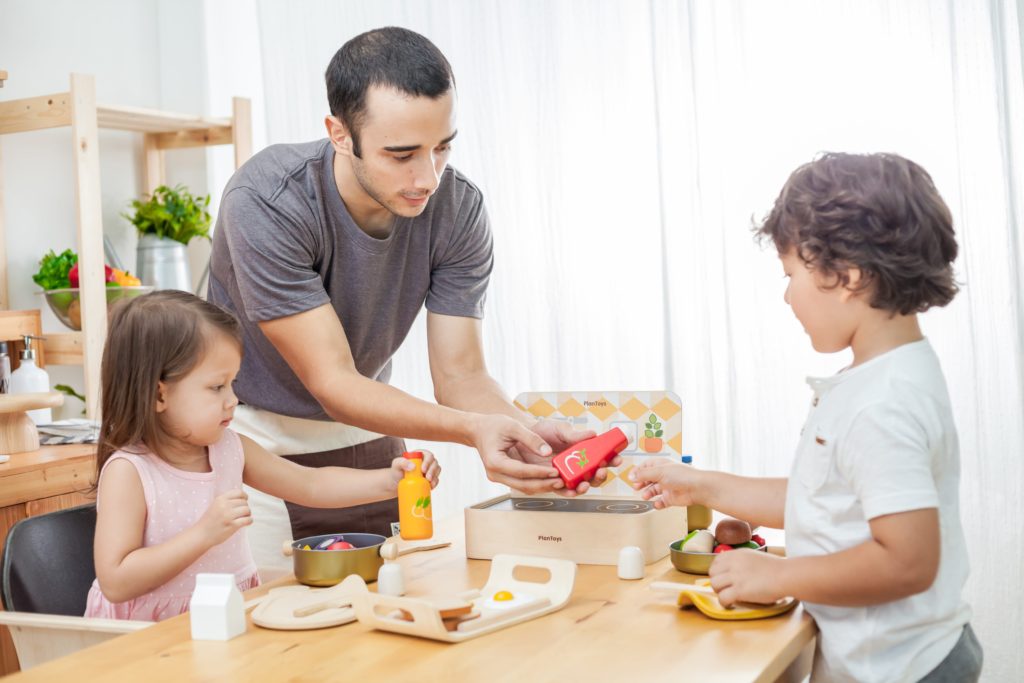
Summary
In addition, understanding toy playability can help parents make informed decisions when choosing toys for their children. Toys that provide extended playtime, encourage open-ended play, and offer opportunities for active parent engagement can provide numerous benefits for child development and family bonding.
Parents need to consider these factors when selecting toys for their children and rotate them regularly to keep playtime fresh and engaging. By incorporating toy playability into their evaluation process, parents can ensure that their child’s toy collection is enjoyable and beneficial for their growth and development.
Subscribe to The Baby Penguin
By subscribing to my sustainable toy shop, you’ll access valuable information and insights on making more eco-conscious choices when buying toys for children. You’ll be able to stay up-to-date on the latest trends and innovations in sustainable toy design and learn about environmentally-friendly toy brands and products. Subscribing to my sustainable toy store can help you positively impact the planet and support a more sustainable future for future generations.

